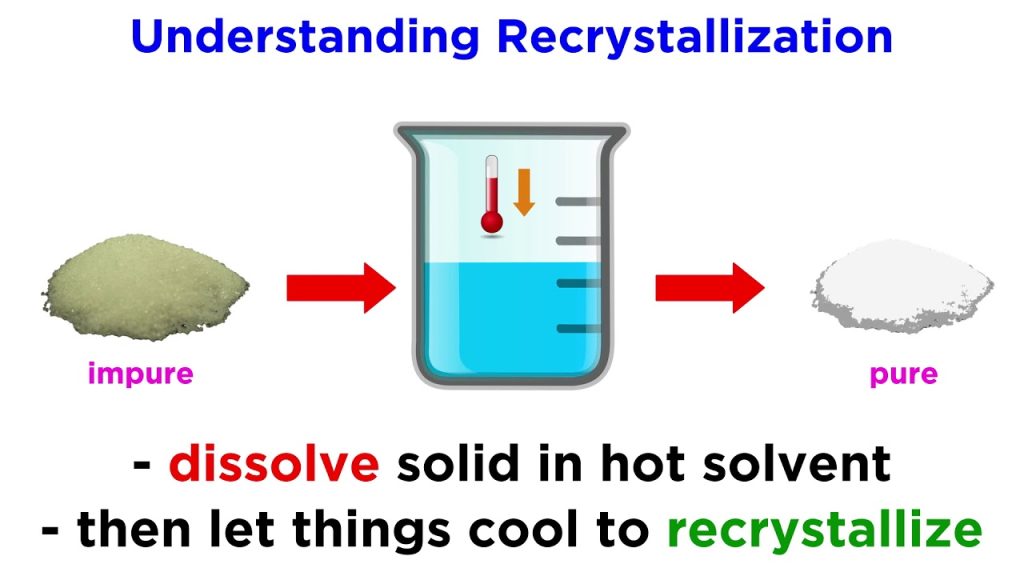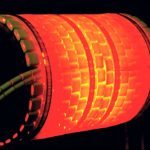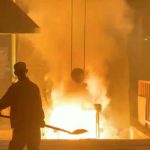Recrystallisation is a process accomplished by heating whereby deformed grains are replaced by a new set of grains that nucleate and grow until the original grains have been entirely consumed.
Recyrstallisation annealing is an annealing process applied to cold-worked metal to obtain nucleation and growth of new grains without phase change. This heat treatment removes the results of the heavy plastic deformation of highly shaped cold formed parts. The annealing is effective when applied to hardened or cold-worked steels, which recrystallise the structure to form new ferrite grains.
Benefits
· allows recovery process by reduction or removal of work-hardening effects (stresses)
· increases equiaxed ferrite grains formed from the elongated grains
· decreases the strength and hardness level
· increases ductility
Application & materials
· The annealing of stamped parts in cold-rolled steel is designed to produce a recrystallised ferrite microstructure from highly elongated, stressed grains resulting from cold work.
· The annealing of forged parts is performed to facilitate subsequent operations, like machining or cold forming.
Process details
Recrystallisation is usually accompanied by a reduction in the strength and hardness of a material and a simultaneous increase in the ductility. Thus, the process may be introduced as a deliberate step in metal processing or may be an undesirable by-product of another processing step. The most important industrial uses are the softening of metals previously hardened by cold work, which have lost their ductility, and the control of the grain structure in the final product.
The recrystallisation temperature for steels is typically between 400 and 700 °C. The recrystallisation conditions, such as heating rate and soaking time depend on the degree of cold work and the steel composition.
The rate of softening increases rapidly as the annealing temperature reaches A1 point.
For parts made with cold-rolled plain carbon sheet, the annealing can produce partially or fully recrystallised microstructures by firstly recovery (internal strains are relieved) and finally recrystallisation (strength decreases and ductility increases).


